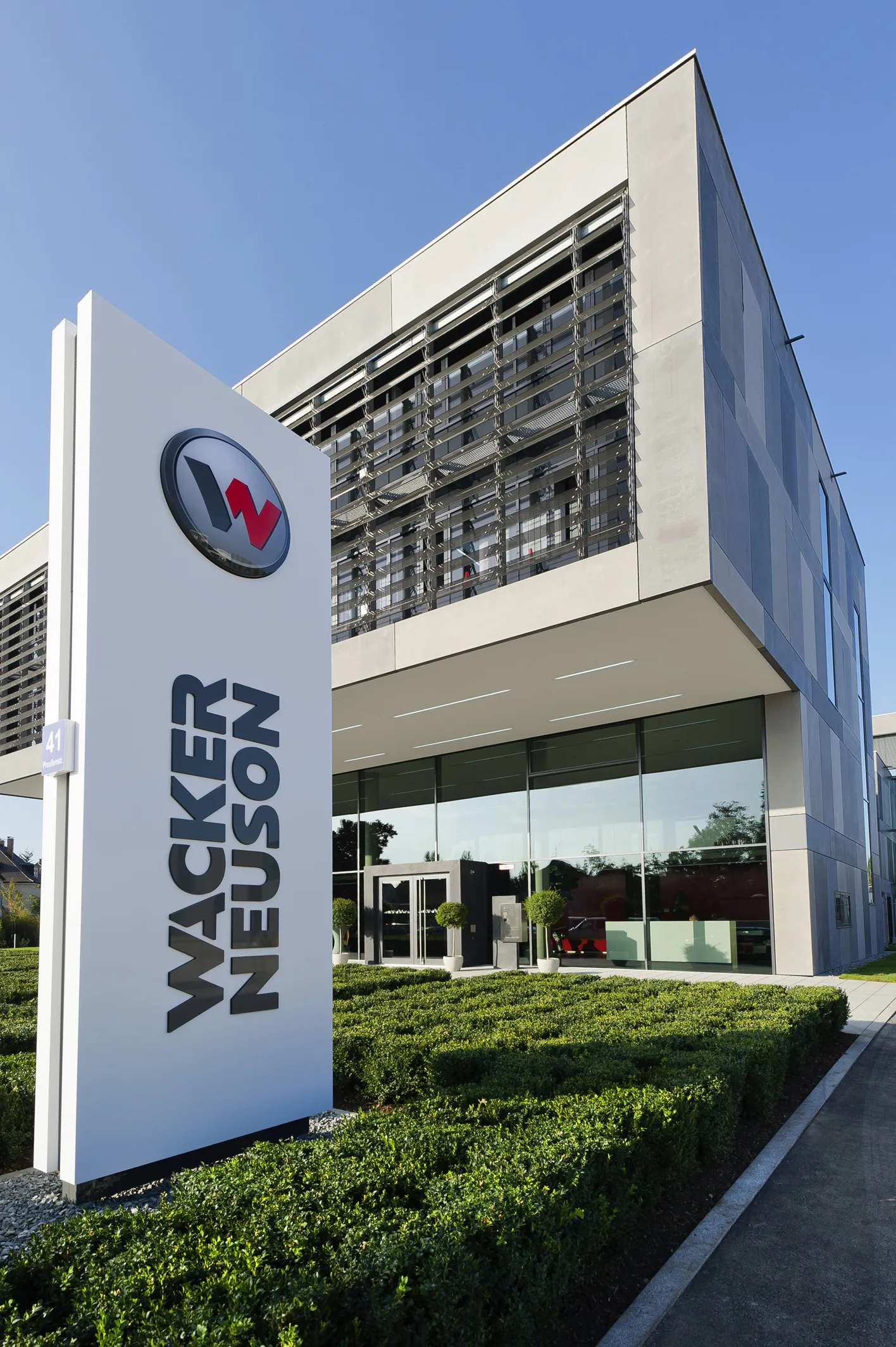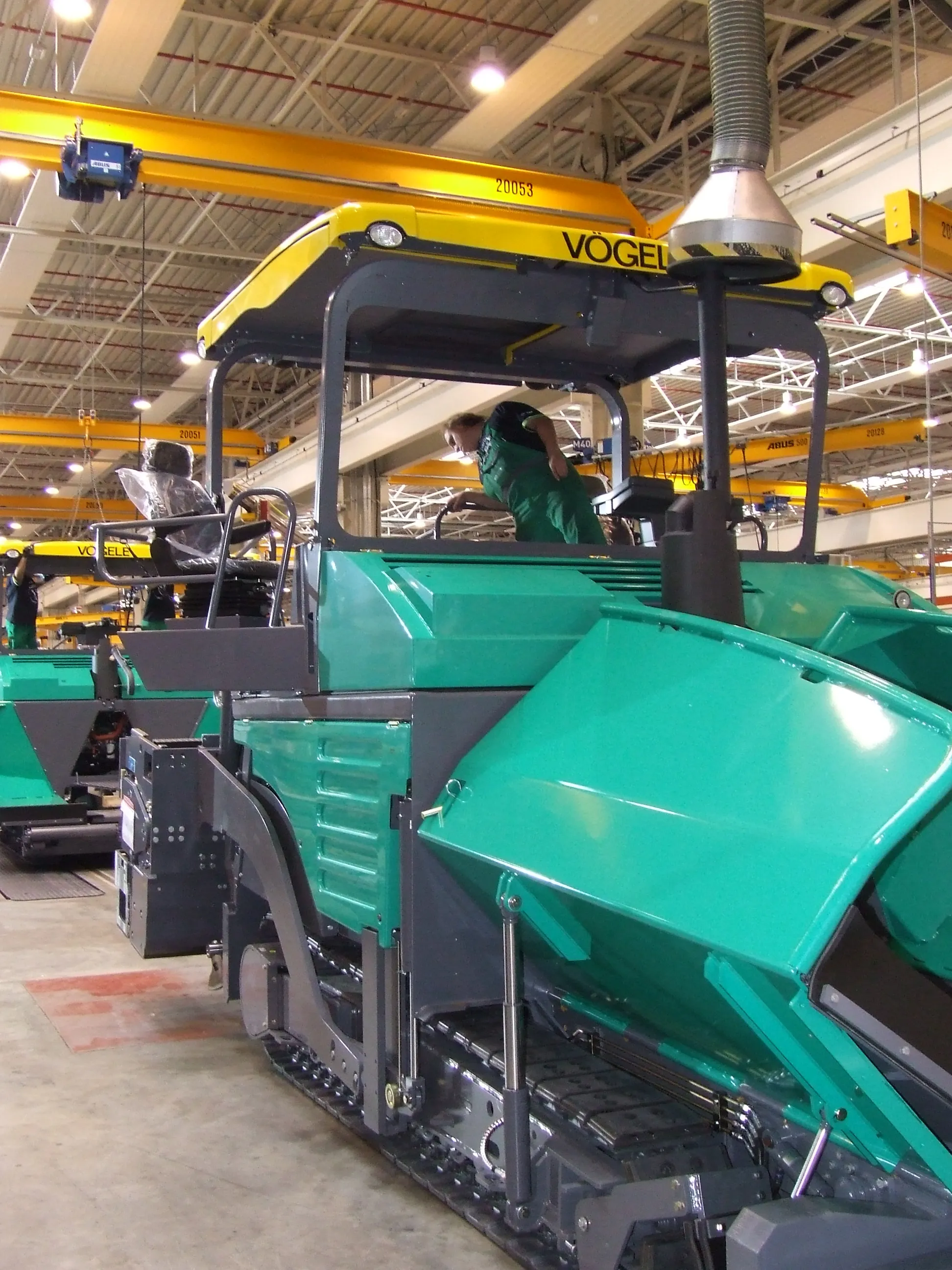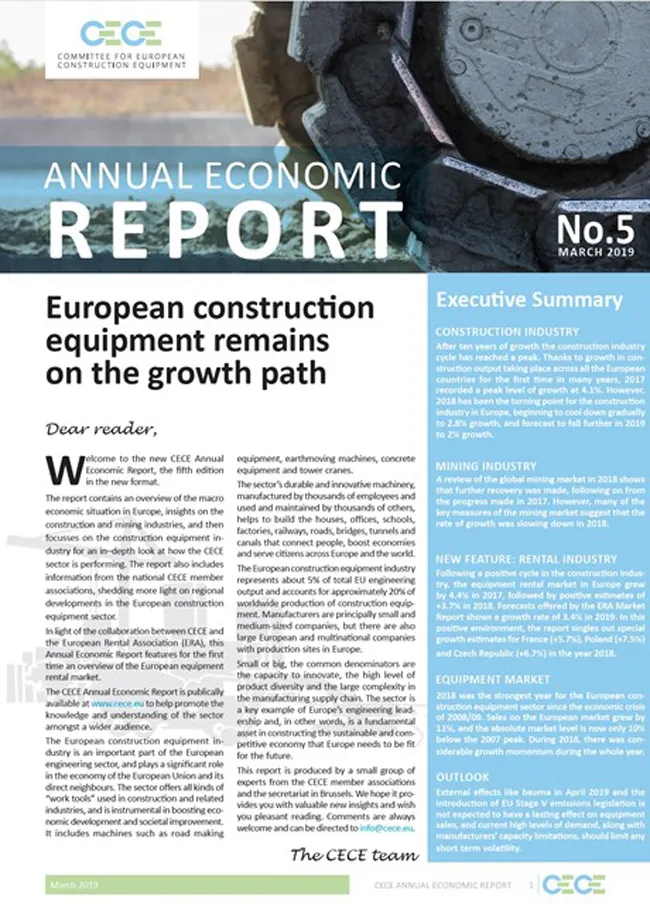A new report from The Freedonia Group highlights growing US demand for geosynthetics. According to Freedonia’s report, this market is expected to grow 6.6%/year to 1.087 billion m2 in 2017. And this will have an expected trade value of some US$2.9 billion. This growth will be aided by gains in spending on the construction of structures and roads. The growth in demand for geosynthetics will also be helped by increased market penetration, as engineers become more aware of the long term cost and performance ad
April 2, 2013
Read time: 2 mins
A new report from The 2821 Freedonia Group highlights growing US demand for geosynthetics. According to Freedonia’s report, this market is expected to grow 6.6%/year to 1.087 billion m2 in 2017. And this will have an expected trade value of some US$2.9 billion. This growth will be aided by gains in spending on the construction of structures and roads. The growth in demand for geosynthetics will also be helped by increased market penetration, as engineers become more aware of the long term cost and performance advantages of these products at the expense of traditional geotechnical solutions. The Geosynthetics study from the Cleveland-based Freedonia Group highlights the details.
This report reveals that the construction and transportation infrastructure markets together accounted for 60% of total demand for geosynthetics in 2012. Construction was the largest market in area terms but slipped from the leading position prior to 2012 due to the downturn in construction spending between 2007 and 2011. But the construction market is projected to post the most rapid gains through 2017. The transportation infrastructure market was the largest in 2012 and will provide opportunities for a number of geosynthetics as spending on highways grows through 2017. Geogrids are among the geosynthetics expected to benefit from improved spending on transportation infrastructure. Geotextiles will remain the largest product segment, accounting for 69% of total area demand in 2017. Versatility is a key benefit and the products are used in a wide range of markets and applications. Because two-thirds of geotextile sales in area terms in 2012 were in the transportation infrastructure and construction markets, improvements in construction and highway spending will boost growth.
This report reveals that the construction and transportation infrastructure markets together accounted for 60% of total demand for geosynthetics in 2012. Construction was the largest market in area terms but slipped from the leading position prior to 2012 due to the downturn in construction spending between 2007 and 2011. But the construction market is projected to post the most rapid gains through 2017. The transportation infrastructure market was the largest in 2012 and will provide opportunities for a number of geosynthetics as spending on highways grows through 2017. Geogrids are among the geosynthetics expected to benefit from improved spending on transportation infrastructure. Geotextiles will remain the largest product segment, accounting for 69% of total area demand in 2017. Versatility is a key benefit and the products are used in a wide range of markets and applications. Because two-thirds of geotextile sales in area terms in 2012 were in the transportation infrastructure and construction markets, improvements in construction and highway spending will boost growth.









